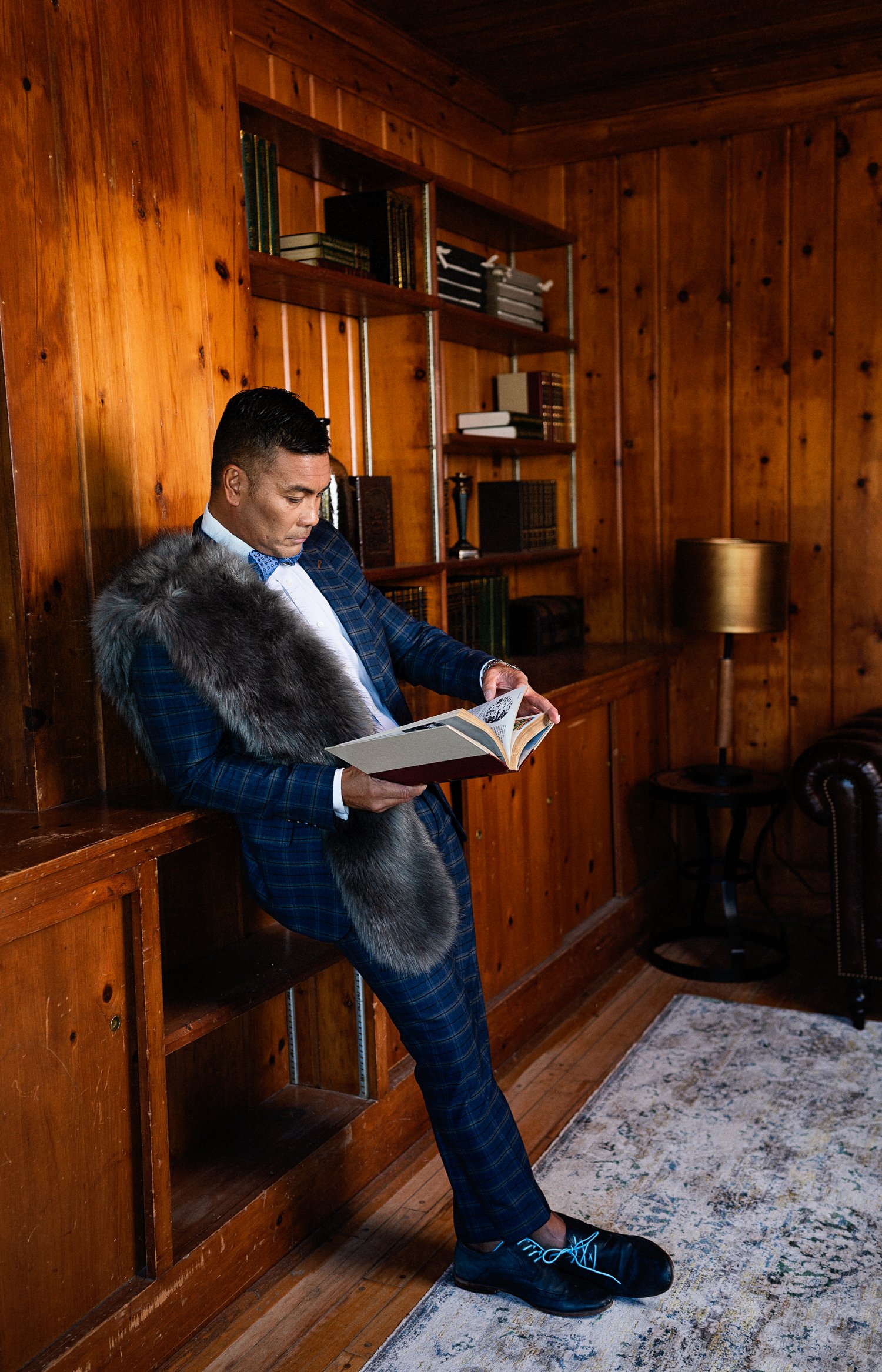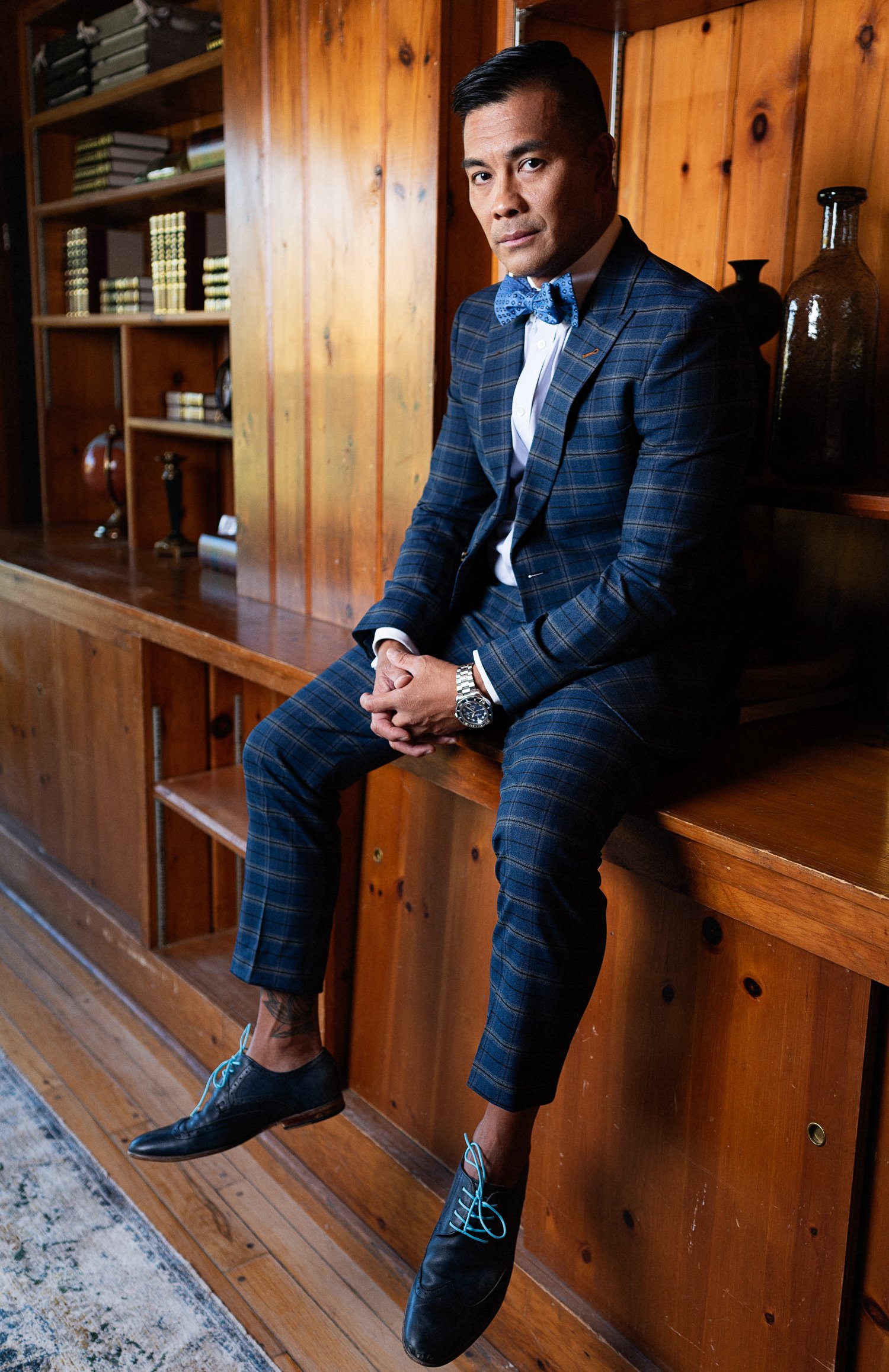10 Essential Tips for Directing Models and First-Time Subjects
Whether you’re working with a professional model or a friend who’s stepping in front of the camera for the first time, clear, direction is the key to capturing genuine expressions and confident poses. Here’s how to guide talent of all experience levels:
1.Set Expectations Up Front
Professionals: Share your mood board, shot list, and any style references before the shoot so they know exactly what you’re aiming for.
Non-Models: Explain the basics—what you’re photographing, why, and how much time it will take—to ease nerves and avoid surprises.
2. Use Simple, Visual Cues
Instead of lengthy explanations, demonstrate the pose yourself or show an example image on your phone. A quick visual beats any verbal description, especially for friends and family who may not know modeling jargon.
3. Encourage Conversation and Feedback
Ask open-ended questions: “How does that feel?” or “Is there another angle you love?” This dialogue builds rapport and helps non-models feel like collaborators rather than subjects.
4. Break Posing into Bite-Sized Steps
Guide one body part at a time: “Tilt your chin down slightly,” then, “Raise your right shoulder.” This drilled approach prevents overwhelm and allows non-models to make small, confident adjustments.
5. Leverage Movement to Reduce Stiffness
Have everyone walk toward you, shake out their arms, or spin slowly between frames. Movement warms them up and often yields more natural expressions than held poses.
6. Praise and Encourage Throughout
Celebrate every win: a strong gaze, a relaxed hand, a genuine smile. Positive reinforcement keeps energy high and helps both pros and amateurs relax.
7. Watch Your Tone
Speak in a calm, even voice. Quick commands can feel aggressive to non-models—soften your delivery to maintain a welcoming atmosphere.
8. Demonstrate a “Pose Library”
Print or display your go-to poses for your vision on set. Let your model or friend pick one to start, then branch out. Providing options empowers them and speeds up your workflow.
9. Redirect Rather Than Critique
If something isn’t working, offer an alternative: “Let’s try bringing your shoulder forward a bit” instead of “That pose looks stiff.” This keeps the mood positive and solution-focused.
10. End on a High Note
Wrap up the series with a fun, unscripted moment—dancing, laughing, or candid chatter—and capture those final frames. It leaves everyone feeling good and often produces the session’s most authentic shots.







